Are you dreaming of a furry friend who can swiftly adapt to the rules of your home? Look no further! Our latest blog post is a treasure trove of insight, guiding you through the world of the most trainable canine breeds. We understand that a well-behaved pup means a happy household, and house training is the first step towards achieving that bliss. Get ready to be enlightened on the top breeds that are known for their quick learning and adaptability.
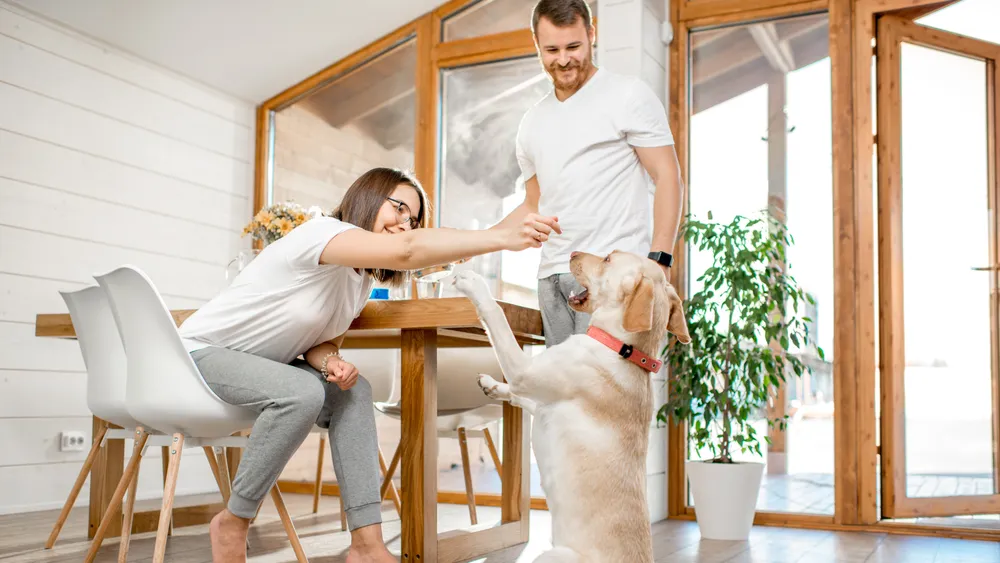
Whether you're a seasoned dog owner or a first-time pet parent, our expert tips will help you navigate the house training journey with ease. It's time to say goodbye to endless hours of cleaning up messes and hello to seamless cohabitation with your four-legged companion. Let's embark on this exciting adventure together and transform your house training experience from daunting to delightful!
Introduction to House Training
House training a dog is a fundamental aspect of pet ownership, laying the groundwork for a harmonious coexistence between humans and their canine companions. Statistics reveal that consistent house training can significantly reduce the likelihood of dogs being surrendered to shelters due to behavioral issues. According to a study published in the Journal of Applied Animal Welfare Science, approximately 25% of dogs that are relinquished to shelters have house-soiling problems. This highlights the critical importance of a structured and effective house training regimen from the outset of a dog's life with its new family.

Consistency and patience are pivotal in the process of house training. Dogs thrive on routine, and establishing a clear and consistent schedule for feeding, potty breaks, and playtime can significantly streamline the training process. Patience is equally vital, as dogs, much like human toddlers, learn at their own pace and can have occasional setbacks. A survey conducted by the American Pet Products Association (APPA) indicates that a majority of pet owners recognize the need for patient, consistent training, with over 60% agreeing that it leads to a better-behaved pet.
Several factors influence the ease of house training, including the dog's age, breed, and previous living conditions. Puppies typically learn more quickly than older dogs due to their innate learning abilities and desire to please their owners. However, adult dogs with a history of inconsistent living environments may require more time and patience to unlearn old habits. The dog's environment and owner's dedication to the training process also play crucial roles in the success of house training.
Setting realistic expectations is essential when embarking on the journey of house training. While some dogs may respond to training within a few weeks, others might take several months to fully acclimate to household routines. It is crucial for owners to understand this variability and to approach house training with a long-term perspective, celebrating small victories along the way. As pet owners prepare to delve into the intricacies of house training, they must equip themselves with knowledge about breed characteristics and training strategies that will be discussed in the upcoming sections.
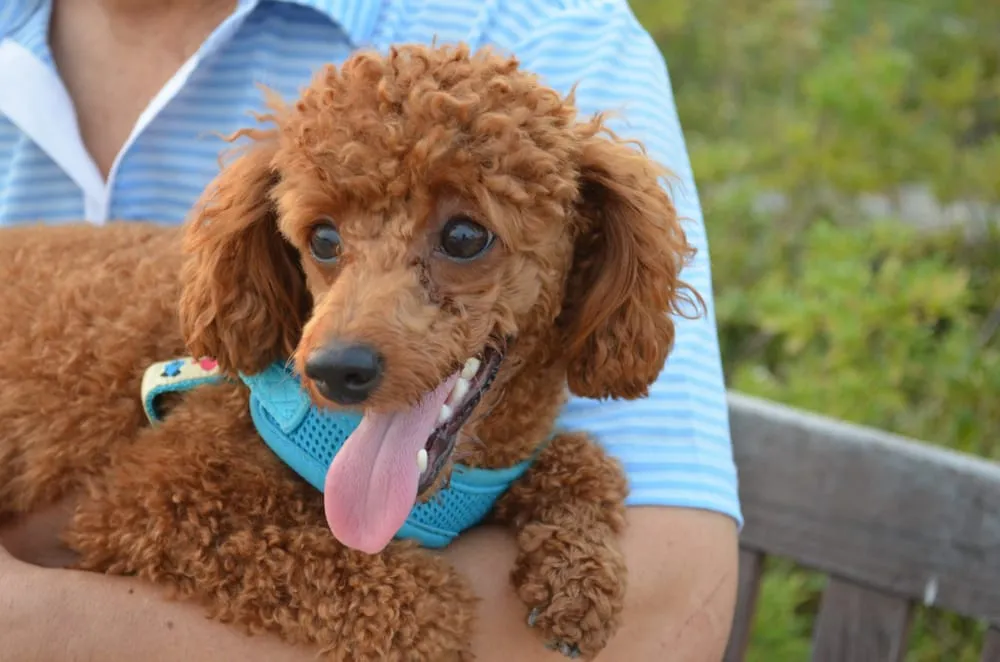
Characteristics of Easily Trained Breeds
When embarking on the journey of house training a dog, prospective pet owners often wonder which breeds are the easiest to train. The answer lies in a combination of factors including intelligence, disposition, and physical attributes. Dogs that are known for their intelligence and eagerness to please, such as Border Collies and Poodles, often pick up on training cues more readily than others. Intelligence in dogs is typically assessed by their ability to understand new commands. According to Dr. Stanley Coren, author of "The Intelligence of Dogs", the top breeds can learn a new command with fewer than 5 repetitions and obey the first command more than 95% of the time.
Breed disposition towards obedience also plays a critical role. Breeds that have been developed to work closely with humans, such as the Labrador Retriever, are often more attuned to human instruction and eager to please their owners. This intrinsic desire to cooperate can significantly expedite the house training process. Conversely, breeds with a more independent nature may require additional patience and creativity in training. Size and metabolism are practical considerations as well. Smaller breeds, for example, have smaller bladders and higher metabolisms, necessitating more frequent trips outside and potentially more opportunities for accidents if not managed correctly.
Finally, the impact of early socialization and training cannot be overstated. Dogs that have been exposed to a variety of environments, people, and other animals from a young age tend to be more adaptable and less likely to be fearful or anxious in new situations—a state of mind that is conducive to learning. The American Veterinary Society of Animal Behavior emphasizes the importance of early socialization, stating that it should occur before puppies are 14 weeks old to maximize their openness to new experiences. This foundation can dramatically affect how quickly and effectively a dog can be house trained, as it lays the groundwork for a trusting and communicative relationship between the dog and its owner.
Understanding the characteristics that contribute to a breed's trainability is crucial for setting realistic expectations and strategies. By recognizing the inherent qualities of their dog, owners can tailor their approach to house training, ensuring a smoother and more successful process. As we transition to the next section, we will delve deeper into specific breeds that are renowned for their ease of training, exploring why these dogs often stand out in their responsiveness to house training techniques.
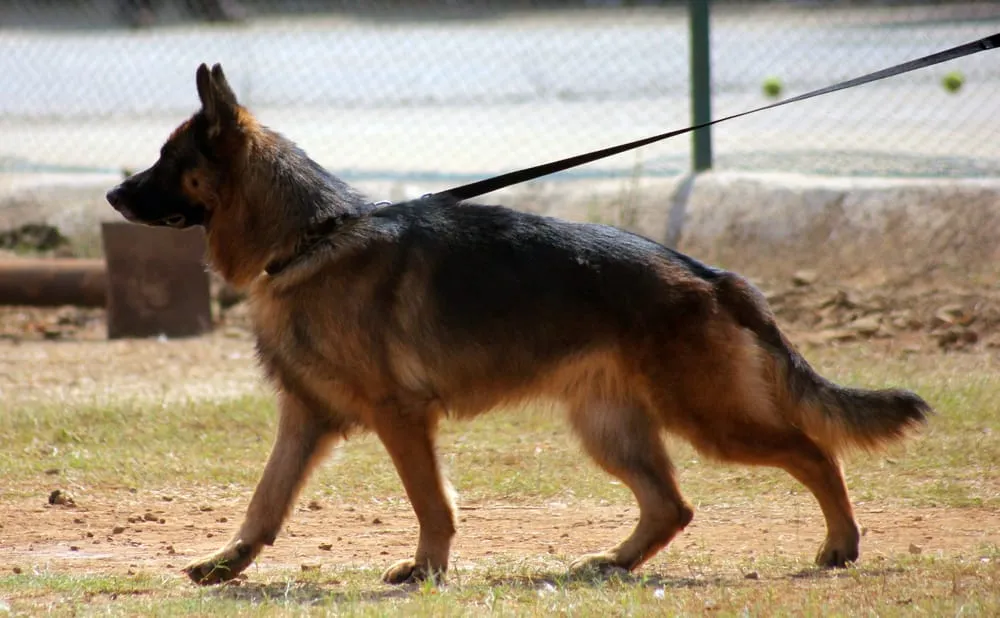
Top Breeds Known for Easy House Training
When it comes to house training, certain dog breeds are renowned for their ability to learn quickly and adapt to living within a human household. The Labrador Retriever stands as a prime example, often cited for its affable nature and keenness to please its owners. These traits contribute significantly to its receptiveness to house training, making it a top choice for those seeking a straightforward training experience. Studies have shown that Labradors, with their quick learning capabilities, can begin to understand and follow basic house training commands within a few weeks.
Similarly, the German Shepherd is a breed that exhibits high levels of intelligence and responsiveness to commands, which facilitates easier house training. Known for their work in various service roles, German Shepherds have demonstrated their capacity to assimilate complex tasks and follow strict routines, which is beneficial when establishing house rules and expectations. Their innate intelligence and obedience make them less prone to accidents and more adaptable to house training protocols.
Another breed noteworthy for its trainability is the Poodle. Regardless of the size variant—be it standard, miniature, or toy—Poodles are distinguished by their exceptional temperament and cognitive abilities. This breed's eagerness to learn and willingness to engage with training exercises make them excellent candidates for efficient house training. Their keen intelligence allows them to quickly pick up on patterns and routines, effectively minimizing the duration and intensity of the house training process.
Finally, the Border Collie is often lauded as one of the most intelligent dog breeds, with an exceptional ability to focus on tasks. This quality is particularly advantageous in house training, as Border Collies can concentrate on learning where and when to relieve themselves. Their mental acuity, combined with a natural desire to please their handlers, makes them one of the breeds that can be house trained with relative ease. However, their high energy levels and need for mental stimulation mean that trainers should incorporate engaging training methods to keep them interested.
While these breeds may have a predisposition towards easier house training, it is essential to acknowledge that individual differences and the overall environment also play critical roles. The next section will delve into specific training tips that can expedite success with these, and indeed any, breeds. Establishing a solid routine, employing positive reinforcement, and understanding the importance of consistency in training will be amongst the critical strategies discussed.
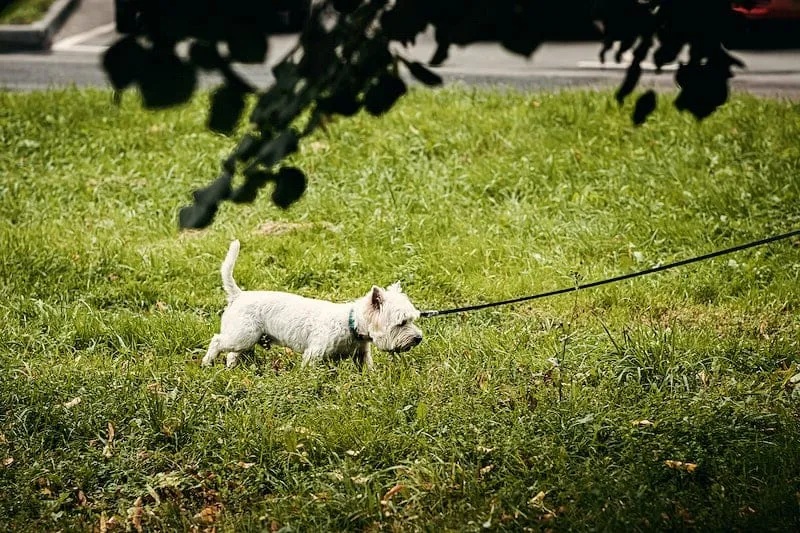
Training Tips for Quick Success
When it comes to house training your dog, achieving quick success often hinges on the establishment of a solid routine and schedule. Dogs thrive on consistency, and a predictable schedule for eating, playing, and going outside to eliminate can make the training process smoother for both the pet and the owner. A study published in the Journal of Veterinary Behavior found that dogs trained with a consistent routine showed quicker adaptation to desired behaviors. This highlights the importance of establishing a regular pattern of activities as you begin the house training process.
Positive reinforcement is a cornerstone of effective house training. This method involves rewarding your dog for good behavior, which increases the likelihood that the behavior will be repeated. The use of treats, praise, or play can effectively reinforce house training. Positive reinforcement not only speeds up the training process but also helps to foster a stronger bond between the dog and the owner. The American Society for the Prevention of Cruelty to Animals (ASPCA) emphasizes the effectiveness of positive reinforcement and recommends it as the best approach for teaching dogs new behaviors.
Accidents are an inevitable part of the house training journey. Managing and reducing these incidents is crucial to maintain progress. Quick and appropriate responses to accidents are important; this includes cleaning up any messes thoroughly to remove scents that could attract the dog back to the same spot. Enzymatic cleaners can be particularly effective in eliminating odors that might otherwise linger and confuse the dog. It's essential to remain calm and patient during these setbacks, as negative reactions can create anxiety for the dog and potentially hinder the learning process.
Another effective strategy for quick house training success is the use of crate training. A crate can provide a sense of security for a dog and take advantage of their natural instinct to not soil their sleeping area. Using a crate can significantly reduce the likelihood of accidents and help establish a routine, as dogs will typically need to go outside immediately after being released from their crate. The Humane Society of the United States advocates for crate training as an effective house training tool, suggesting it can also aid in preventing destructive behaviors when the dog is unsupervised.
Implementing these training tips can pave the way for a smoother and faster house training experience. As you establish a routine, use positive reinforcement, manage accidents effectively, and possibly incorporate crate training, you'll be laying a foundation for a well-trained pet. The next section will delve into how technology, such as smart collars, can further assist owners in the house training process, ensuring safety and providing more insights into their dog's behavior.
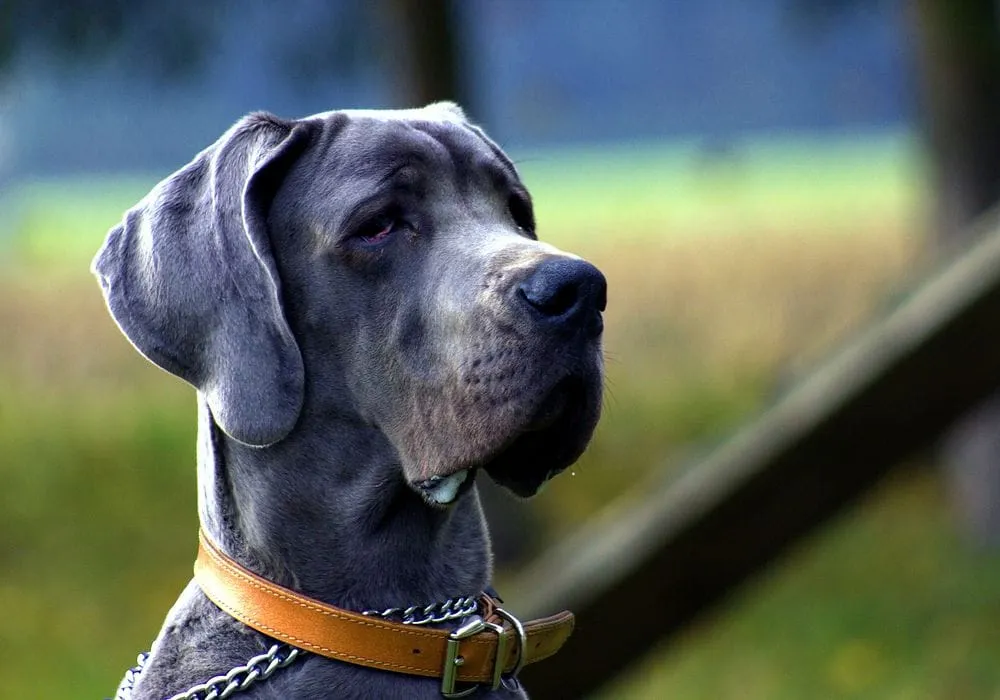
Utilizing Technology in House Training
The integration of technology into daily life has extended into the realm of dog training, offering innovative solutions to assist and enhance the house training process. One such advancement is the Fi Smart GPS Tracking Dog Collar, which has been gaining popularity among dog owners. According to a market analysis by Grand View Research, the global smart pet market size was valued at USD 4.5 billion in 2021 and is expected to expand at a compound annual growth rate (CAGR) of 24.3% from 2022 to 2030. This growth is indicative of the increasing adoption of technology like GPS tracking collars in pet care.
The Fi Smart GPS Tracking Dog Collar, specifically, offers a range of features that can be instrumental during the house training phase. Its GPS tracking capabilities not only provide peace of mind regarding a dog's location but also allow for the monitoring of a dog's activity levels. By understanding a dog's patterns and behaviors, owners can identify the optimal training times when their dog is most receptive. This targeted approach to scheduling training sessions can lead to more effective and efficient house training outcomes.
Furthermore, smart collars can play a crucial role in establishing boundaries and safe zones for pets. Virtual geofences can be set up via the accompanying app, and owners can be alerted if their dog wanders outside these designated areas. This feature is particularly useful for reinforcing the limits of where a dog is allowed to go, which is a critical component of house training. By consistently guiding a dog back to the acceptable areas, owners can expedite the learning process and reduce the likelihood of accidents occurring in unauthorized zones.
As technology continues to evolve, the potential for smart devices to assist in house training becomes more pronounced. The use of data collected by these devices can inform owners about their dog's habits and progress, allowing for adjustments to the training regimen as needed. By leveraging these tech tools, owners can not only improve the house training experience but also enhance the overall well-being and safety of their pets. The next section will delve into overcoming common house training challenges, which can often test the patience and resourcefulness of even the most dedicated dog owners.

Overcoming Common House Training Challenges
House training can be a daunting task, particularly when faced with common challenges that test the patience of even the most determined dog owners. An issue faced by many is the stubbornness or resistance to training that some dogs exhibit. Older dogs, for example, may have ingrained habits or may be less adaptable to new routines, making the training process more difficult. A study showed that older dogs could take up to four times as long to pick up new commands compared to younger ones, underscoring the need for specialized approaches in these cases
Accidents are another inevitable hurdle during the house training journey. These setbacks can occur due to various reasons such as illness, stress, or simply because the dog has not yet fully grasped the concept of appropriate elimination spots. The key is to handle these incidents with composure and to clean up thoroughly to eliminate odors that might encourage repeat offenses. Consistent and positive reinforcement is essential, as punishment can lead to anxiety and fear, which may exacerbate the problem.
Additionally, each dog's personality can significantly influence the training process. What works for one dog may not work for another, and recognizing individual learning patterns is crucial. For instance, some dogs may respond better to clicker training or specific types of treats, while others may be motivated by praise or playtime. Adapting training methods to fit each unique personality helps in achieving better results and a more harmonious learning environment.
In cases where progress seems unattainable or if a dog owner feels overwhelmed, seeking professional help from a certified dog trainer can be a wise decision. Professional trainers offer a wealth of experience and can provide personalized strategies that are tailored to each dog's specific challenges. They can also offer guidance on how to maintain consistency and structure in the training process, ensuring that the efforts put in by both dog and owner are optimized for success.
As we shift into the next section, we will delve into the characteristics of easily trained breeds, which can provide a foundation for understanding the inherent qualities that make some dogs more receptive to house training. This knowledge can be useful not only for selecting a new pet but also for appreciating the innate tendencies that might influence the training experience.

Conclusion
House training a dog is a significant milestone in the journey of pet ownership. Through this comprehensive guide, we've explored the characteristics of easily trainable breeds, shared practical tips for quick success, and examined how technology can aid in this process. We've also discussed the importance of patience, consistency, and understanding the unique challenges one might face. Remember, every dog is an individual, and while some may learn quickly, others will require a bit more time and love to get things right.
We hope this post has provided valuable insights and encouragement for those embarking on the house training adventure. Whether you have a Labrador Retriever eager to please, or a stubborn Bulldog with a mind of their own, the key is perseverance and creating a positive learning environment. Thank you for reading, and we wish you and your furry friend the very best on your house training journey. A well-trained pup is not only a joy to live with but also a testament to the loving bond you share.
Happy training!
FAQs
- What are the top breeds known for easy house training?
- The article highlights Labrador Retrievers, German Shepherds, Poodles, and Border Collies as breeds known for their trainability due to their intelligence, eagerness to please, and responsiveness to commands.
- Why is consistency important in house training?
- Consistency and routine are crucial as dogs thrive on predictability. A consistent schedule for feeding, potty breaks, and playtime helps streamline the training process and ensures quicker adaptation to desired behaviors.
- Can older dogs be house trained effectively?
- Yes, older dogs can be house trained, although it might take longer compared to puppies. Patience and tailored strategies are essential for older dogs, especially if they have ingrained habits or are less adaptable to new routines.
- How can technology assist in house training?
- Technology, such as smart GPS tracking collars, can enhance the house training process by allowing owners to monitor their dog's location and activity levels, establish boundaries with virtual geofences, and schedule training sessions more effectively.
- What should I do if my dog has an accident indoors?
- Remain calm and clean up the mess thoroughly using enzymatic cleaners to remove scents. Avoid punishment, as it can lead to anxiety and fear, potentially exacerbating the problem.
- Are there any specific training tips for quick house training success?
- Establishing a solid routine, employing positive reinforcement, managing accidents effectively, and utilizing crate training are among the key strategies recommended for quicker house training success.
- What role does a dog's personality play in house training?
- A dog's individual personality significantly influences the training process. Adapting training methods to fit each dog's unique learning patterns and motivations (such as clicker training, specific types of treats, praise, or playtime) helps in achieving better results.